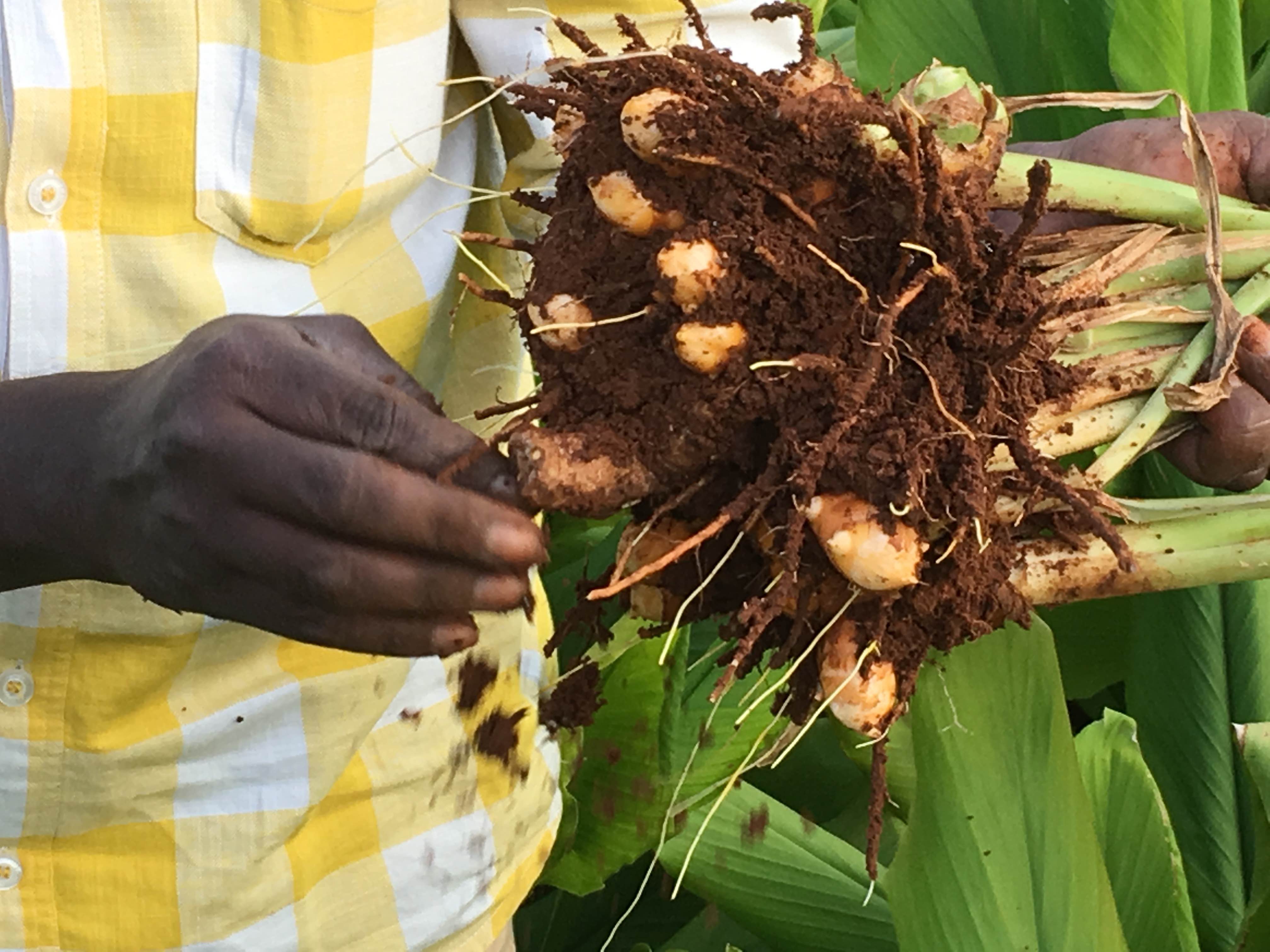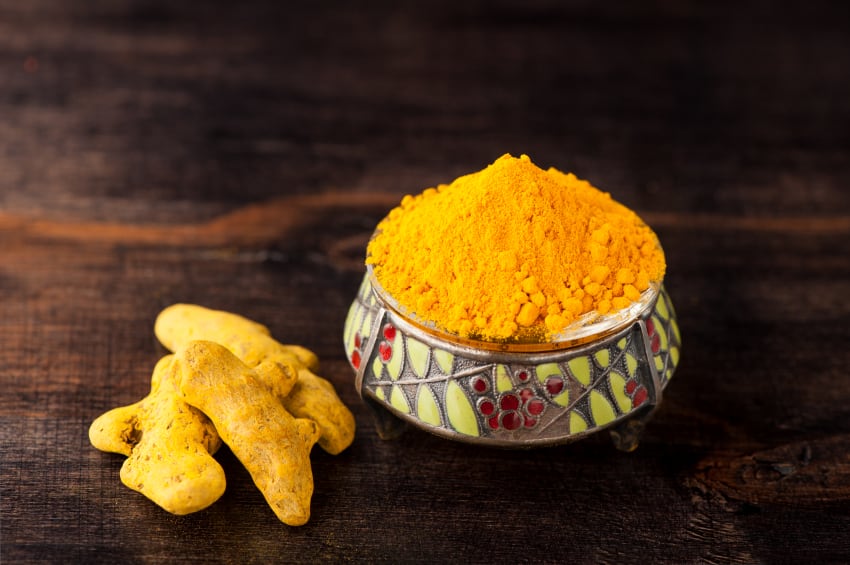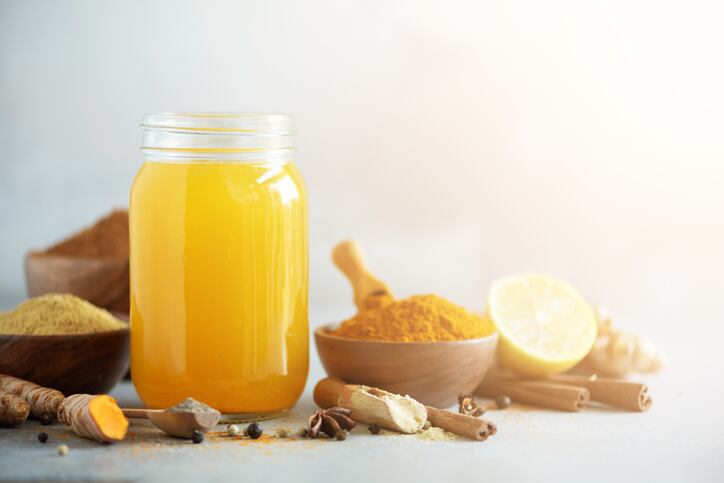The study, conducted by Chinese researchers, was published recently in the journal Annals of Translational Medicine. It used microglia cells cultured from the brain stems of infant Sprague Dawley rats. The researchers who conducted the study were associated with a university hospital in Wenzhou, China.
Microglia are cells found in the brain and spinal cord and make up about 10% to 15% of the total mass of those structures. They are the primary immune response cells of the central nervous system. Among their functions is to scavenge the central nervous system for amyloid plaques and remove them. Large amounts of these plaques are observed in the brains Alzheimer’s disease sufferers, though the implications of this are not entirely clear.
Among the inflammatory cascades observed in the neural tissue of Alzheimer’s disease patients is the release of high mobility group box-1 protein 1 (HMGB1), a non-histone chromosomal binding protein. Its release can directly induce tissue damage and promote the release of pro inflammatory mediators and can results in the release of advanced glycation end products that have been implicated in memory impairment, the researchers said.
“Preventing the production of HMGB1 or HMGB1-mediated inflammatory responses may function as a therapeutic target for AD,” they added.
Damping down Aβ25-35-induced inflammation
The cultured cells were treated with Aβ25-35, a standardized amyloid plaque cell purchased from Sigma-Aldrich, which also supplied the curcumin test material.
A set of rat microglia cells was treated with Aβ25-35 for 24 hours to serve as a control for baseline inflammation. Another set was treated with curcumin for one hour before the Aβ25-35 treatment.
The researchers found that curcumin significantly reduced the release of HMGB1 in the treated cells. It also reduced the release of the end products that form part of the HMGB1-mediated inflammatory response.
“In summary, the present study supplies evidence that curcumin could effectively inhibit neuroinflammation induced by Aβ25-35 in primary rat microglia likely in part through suppressing the expression of HMGB1, TLR4, and RAGE. Our results add a new insight about the molecular mechanisms by which curcumin exerts anti-inflammatory effects against Aβ-activated microglia,” they concluded.
Source: Annals of Translational Medicine
DOI: 10.21037/atm.2019.12.147
Protective Effects of Curcumin Against Neuroinflammation Induced by Aβ25-35 in Primary Rat Microglia: Modulation of High-Mobility Group Box 1, Toll-Like Receptor 4 and Receptor for Advanced Glycation End Products Expression
Authors: Wei He, et al.




